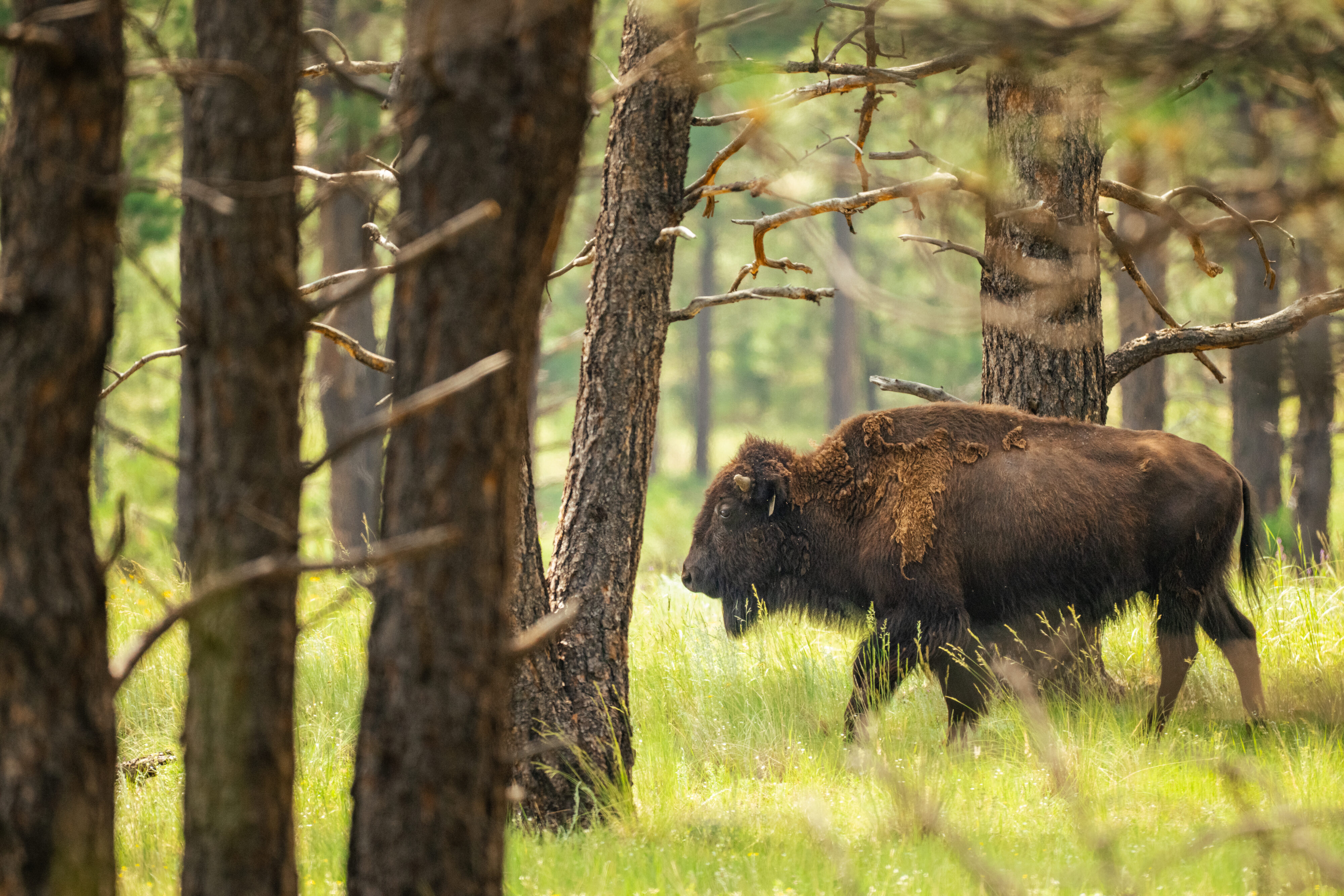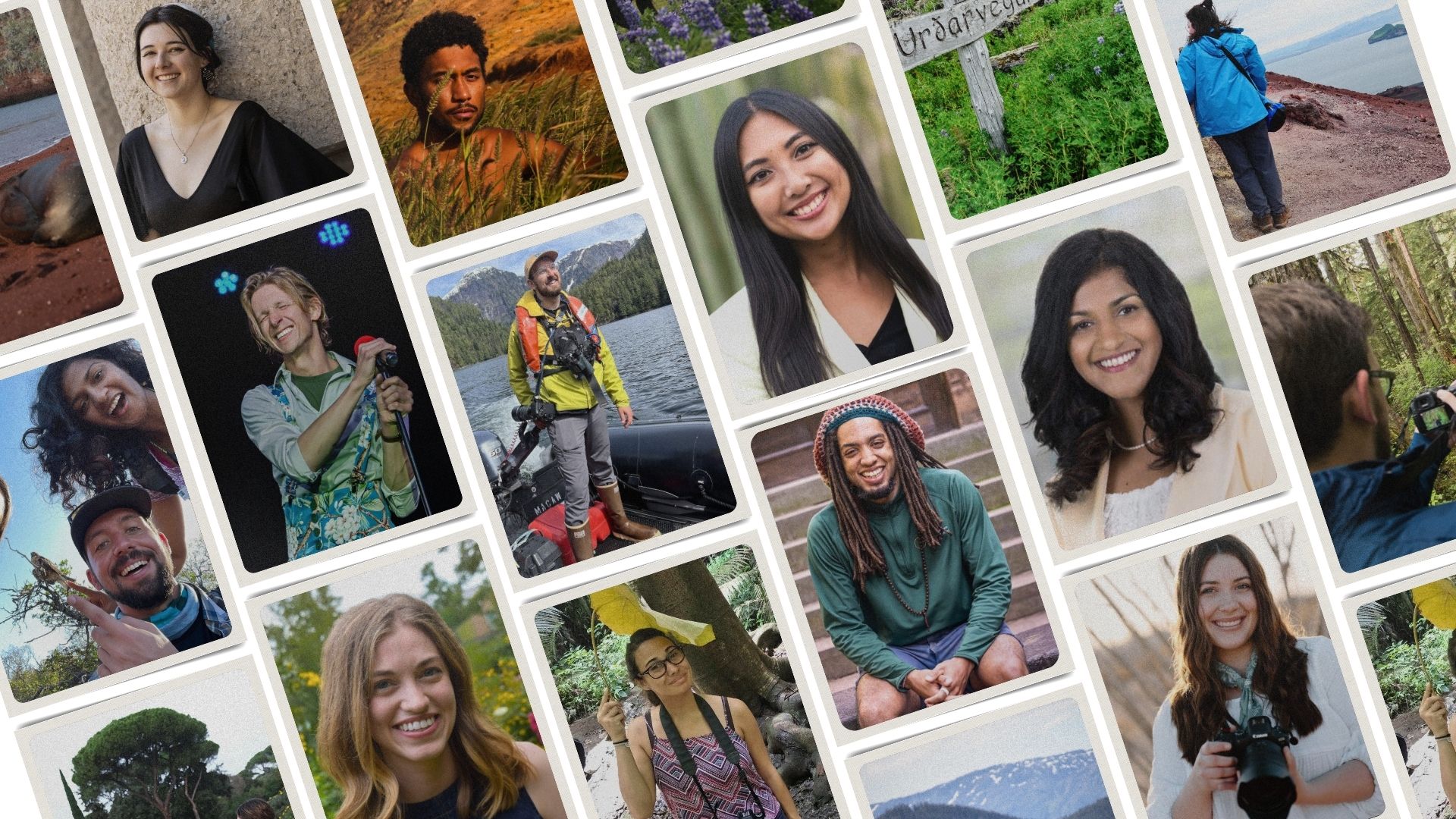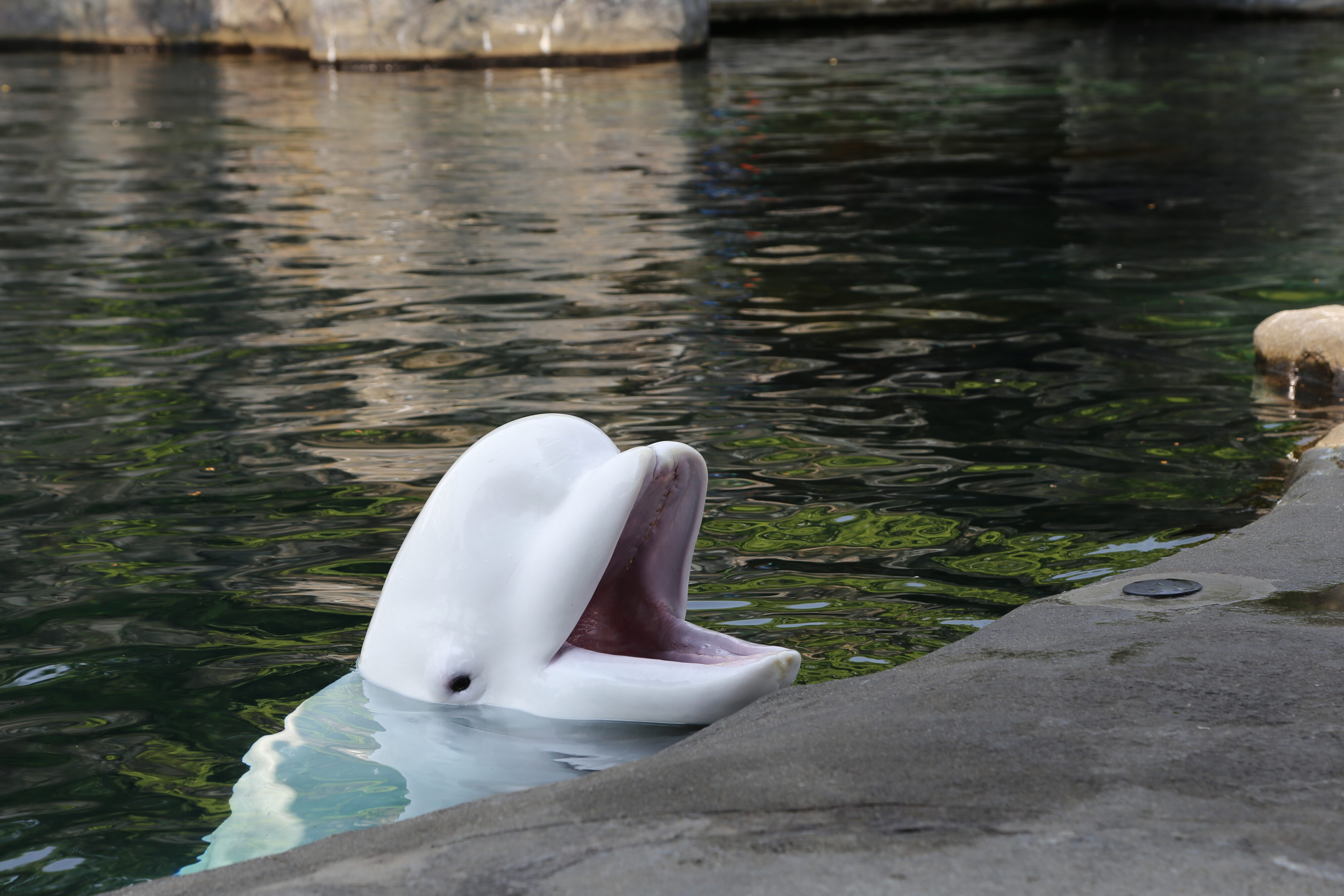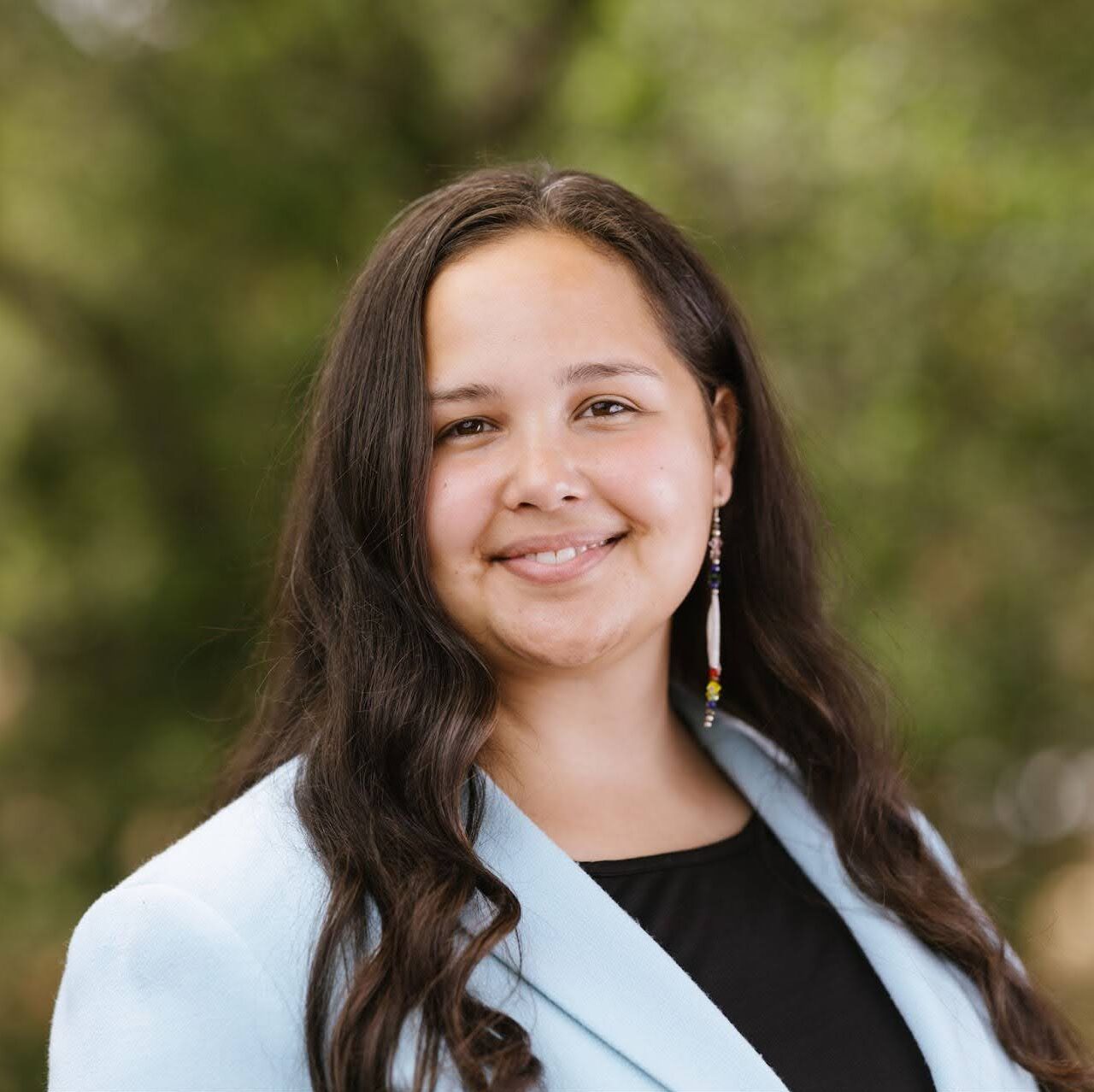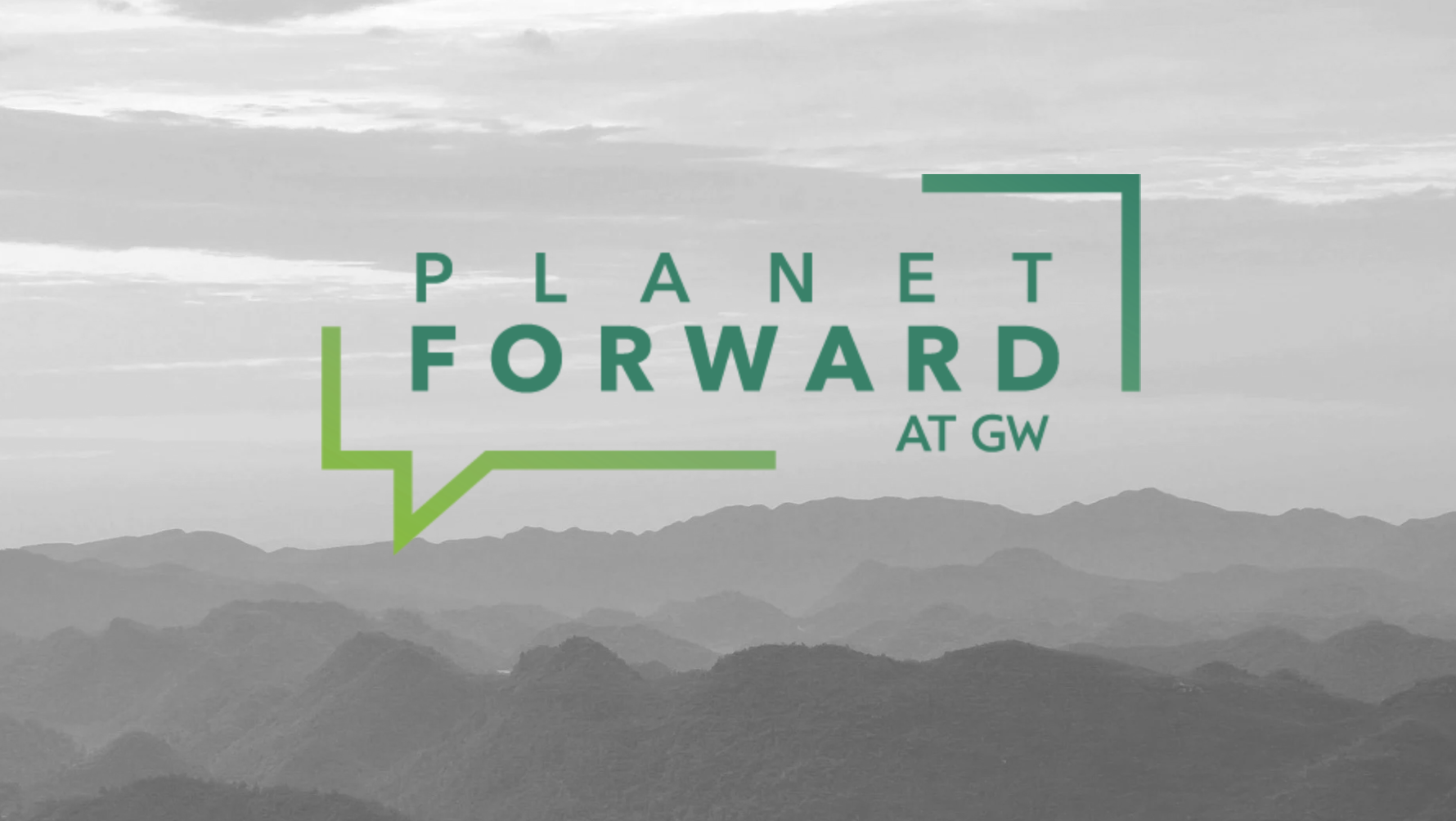
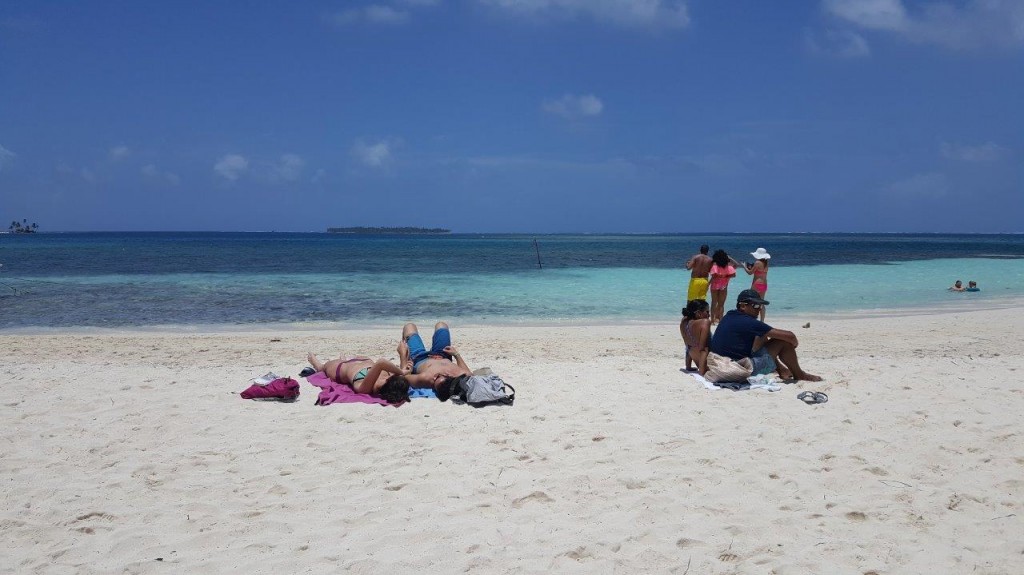
Valiente, who spent much time on the islands with his Guna grandparents, has turned to mainland tourism. He has run a hostel in the Panama town of El Valle Anton, located within a volcanic valley, for three years. His university education in Switzerland taught him about the importance of sustainability in tourism. Subsequently, he created his own hostel business to make a profit, but also as a way for a profitable business to have “an impact in society and the environment at the same time.”
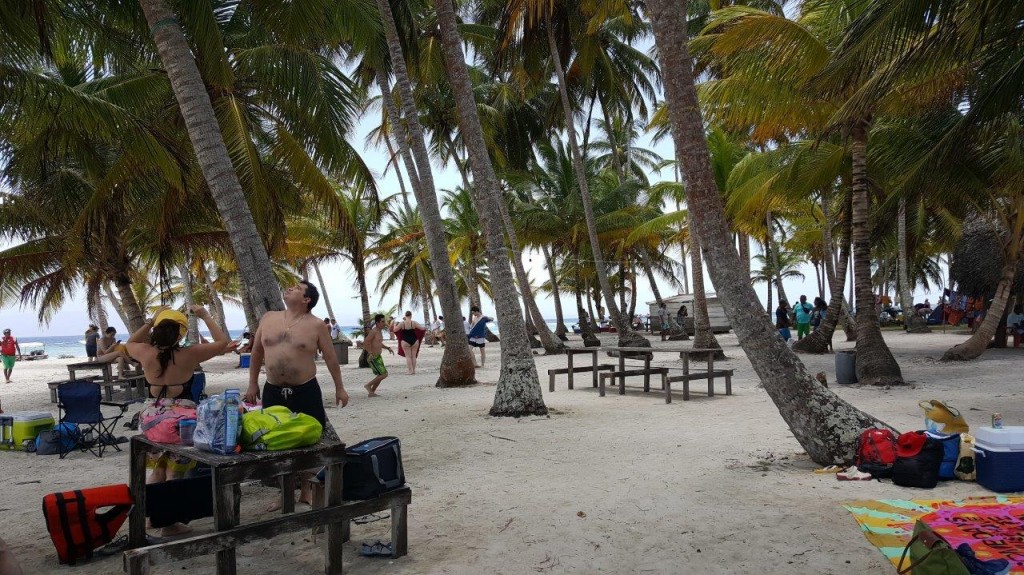
“Sustainability is actually a way to make money,” Valiente said, “and also have an impact in society and environment at the same time.” For Valiente, that means providing educational programs for children that can help them understand their changing environment, climate change and what that may mean for the islands.
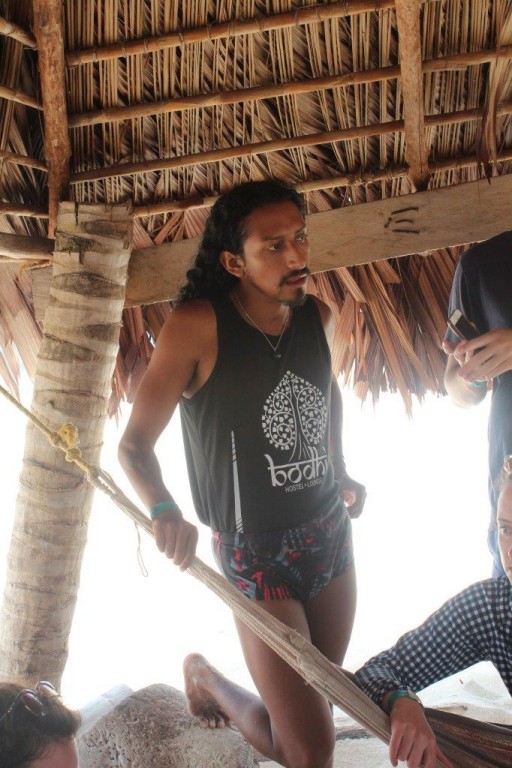
As a former international tax auditor for Panama’s ministry of finance, Valiente has an intimate understanding of the importance of finance from a practical standpoint, infusing his ideals about sustainability and the environment with his pragmatic business experience.
“If you don’t make money and survive out of it,” Valiente said, slapping the table for emphasis, “you are not sustainable.”
Valiente emphasizes how sustainability must hit three components. Profitability is one. The most important is social impact, which includes hiring local people hired and their ability to have a balance of work and personal life. He said he measures the social impact of business by “the salary you are paying them, the training you are giving them so their lives could be better.”
Lastly, the impact of tourism on the environment is an essential focus within his vision. It had to be safe for the “whole ecology of the system” which included animals, people and plants in the area.
For the Guna, other ventures have been undertaken not just on an individual level, but within the nation as a whole. Lopez informed us about the Guna’s endeavors to bring capitalism into the economy, in contrast to what his son called was an “environment of socialism” within traditional Guna culture, where everything is shared. The Guna, according to Lopez, have decided to invest in a transportation company where a Guna person could own a maximum of 10 stocks and have a stake in the lucrative transportation services provided to bring tourists to the islands. Foreign investment – such as the purchase of Guna land - is still barred in a determination to keep their resources in Guna control.
Despite this, many multinational companies and even Panamanian ventures are eager to expand into Guna and other indigenous territory. Sixty percent of Panamanian rain forest is within the 23 percent of land occupied by the Guna and other native tribes, Lopez said. The presence of native people in these forests and the Guna Congress has protected areas from encroachment and destruction. Resources for mining, hydro projects and more have drawn the interest of business to the native land, he said.
However, impacts of globalization such as climate change not only threatens the sovereignty of the Guna but their way of life.
A visit to the Guna Yala islands gives tourists a taste of how much of traditional life is preserved. Tourists stay in cabanas, made of wooden stakes woven together with rope and topped with a thatched roof or more “modern” tin roof. Both have sand floors. However, tourists sleep on mattresses rather than the traditional hammocks the Guna prefer. But much of the food made is traditional, with dishes of rice, chicken or fish. French fries gave a nod to Western tastes as did the cans of soda or beer. The picturesque islands of white sandy beaches and clear blue water look like the photos in travel magazines I had often seen growing up as a child.
Providing for tourists is hard work, work that is not always properly rewarded by unscrupulous tourists who sometimes resist the small fee for the island visit. Abelardo Nuñez Davies, affectionately called “Tito” by his family and visitors, manages Pelican Island, a small oasis of beach where he and his mother and family serve meals and sell handmade woven jewelry and molas. “Some people come and they don’t want to pay,” Nunez said as translated by Valiente. “Or they say, ‘Oh I'll pay you,’ and leave in their boats.”
Five or 6 years ago, only three to four boats stopped each week. Now the family welcomes that number daily, greatly increasing not only their income but also the workload. The increase in tourists brings more waste that has to be cleaned up. But the biggest problem is sea level rise due to climate change as the island is steadily shrinking, posing threat to tourism.
On the island where we stayed overnight, I got a sense of the great labor that went into making tourism a success. An old man cut coconuts with his machete, and often could be seen pushing a wheelbarrow of trash. Waste disposal is a tourism issue that people are still grappling with. A program started by the Guna Congress was meant to transport waste from the islands but was cancelled after six months, Valiente said.
However, Valiente has started a program with children to find new uses for materials, such as making toys out of some plastics. The reuse of what might otherwise become trash helps decrease the amount that may be thrown in the sea.
Many islands have kiosks run by Guna women in their traditional dress of colorful skirts, tops and gold nose rings. Married women wear a red head scarf. Some younger women, however, had long hair and chose to wear Western dress with t-shirts, capri pants or shorts. I wondered if there was ever any tension between those who wore traditional dress and those who opted for city dress. I recall two women on the island where we stayed who dressed differently but rushed in to help each other with a heavy bucket, smiling at each other. The look they exchanged was clearly that of love, not animosity, and there was a mutual respect and desire to help one another as family, regardless of dress.
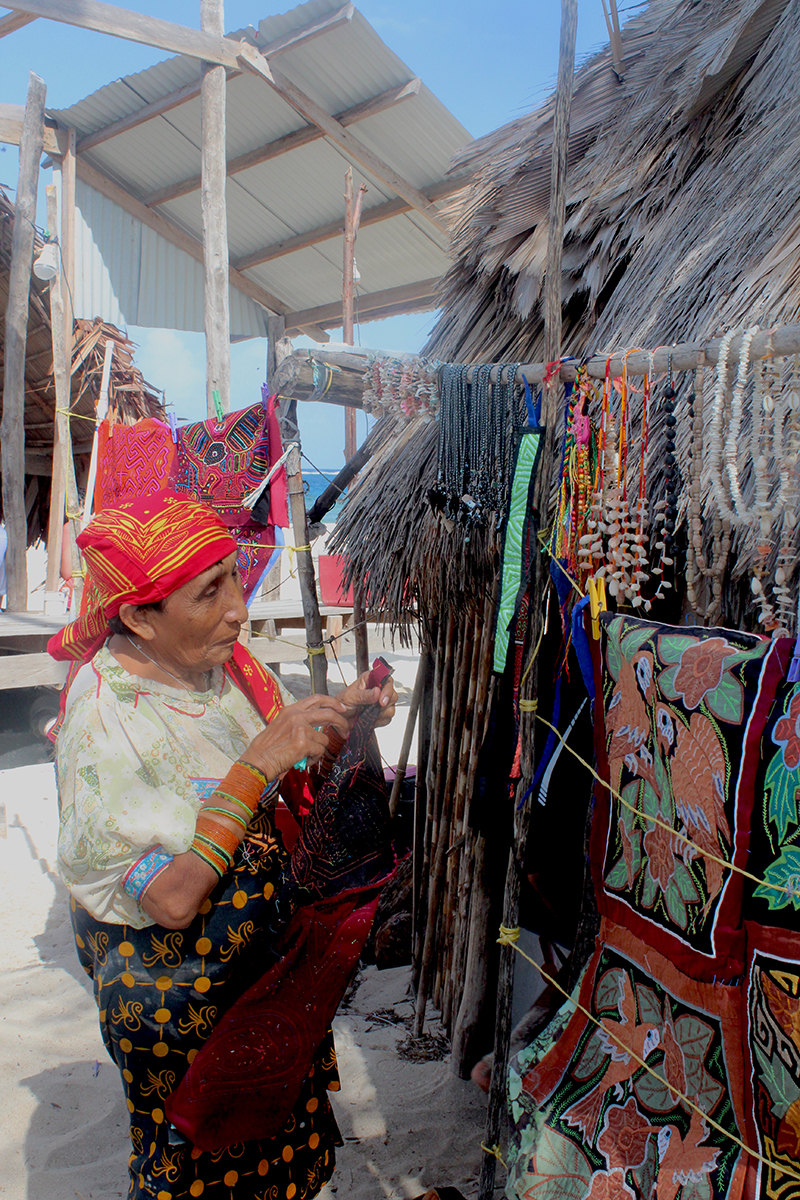
hand-stitched molas with traditional designs and hand-
beaded jewelry. (Abigail Foster/Medill)
In the kitchen of the island, you could see fryers for food and a freezer. The women watched Spanish novellas, much like soap operas, on their cell phones. Solar panels provide energy for light and the phones. Clearly, these electronics allowed for conveniences in keeping in touch with friends and family off the island and in feeding hungry tourists of 50 or more who come to some islands just to eat but stay in the cabanas on other islands.
The increasing presence of tourists is changing the Guna way of life, Valiente said. But his father is optimistic.
“We have a culture that survived colonization from the Spaniards,” he said
However, tourists who came to relax at the beaches don’t always notice or engage with their hosts, Valiente added. Inevitably, as more Guna come in contact with Westerners, materialism within the culture increases, in contrast to traditional beliefs maintaining that material possessions in this life do not matter because heaven is the ultimate prize after death. But certainly some Guna feel that a Western-style home, food and more are superior to the traditional styles. Despite mandates that homes be built in the traditional style, we saw buildings especially on the City Island we visited that were some made of concrete. While Valiente felt the mandate should be upheld, he had no desire to criticize Guna people who want concrete homes.
“I cannot tell them that’s wrong,” he said, “Who am I to tell them, ‘You cannot build a cement house?’”
Exposure to Western values in the media he believes had convinced some Guna that such homes are better than the cabanas. Increasing contact with foreigners would only fuel this desire. However, Valiente said he sees remnants of colonialism in this pressure to westernize among the Guna.
“We have a very colonial society that forces people to believe that materialism is the best way to live,” Diwigdi Valiente said, “that buying stuff is what is going to make you feel happy.”
The Museum Curator Charlie Davies also felt an erosion of traditional values, especially as more Guna youth left their homes to live in the city. According to Tito, part of it is a youthful desire for adventure that he believes would change into more appreciation for a rural, traditional way of life as they aged. He himself grew up in Panama City. And, any Guna man or woman who desires a higher education, especially at university level, would have to leave for the mainland to pursue this dream. While Valiente and Tito seemed proactive about the ability of female Guna to become educated and still keep their traditions, Davies was less convinced that Western education and traditional customs dress could coexist. Women who want to continue their studies adopted Western dress and opted out of the rite of passage that would allow them to dress and live as a traditional woman. Perhaps this was the result of Western media as pointed out by Valiente that compelled the women desiring a Western education to assimilate, despite laws Lopez informed us that protected their right to wear traditional dress in universities.
The Guna were candid about the difficulties they face. From waste disposal, protecting their sovereignty, to tourism and gradual erosion of their traditional values, globalization brings challenges that the previous generations did not face. It also offers new avenues for wealth and exposure to ideas that the booming tourism industry made possible. Lopez wanted us to remember that despite the difficulties tourism posed to his people environmentally and culturally, the Guna have had proven themselves to be resilient, winning independence from Panama in 1925 as self-governing provinces or comarcas.In seven years, they will be celebrating the 100th year anniversary of the successful demand for political autonomy from the Panamanian government.
">Medill's Nefertari Bilal reports: The rise of tourism in Guna Yala promises profit, but locals face challenges posed by both globalization that tourism brings and the threat of the industry's collapse, posed by climate change.




